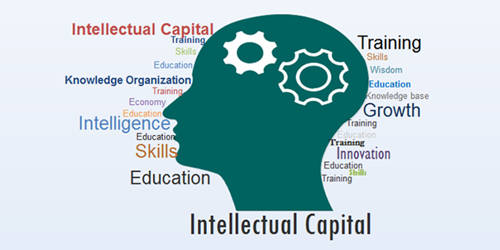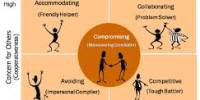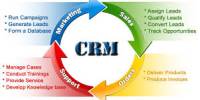Intellectual capital is a business asset, although measuring it is a very subjective task. It is the intangible value of a business, covering its people (human capital), the value relating to its relationships (relational capital), and everything that is left when the employees go home (structural capital), of which intellectual property (IP) is but one component. These assets include the expertise of employees, organizational processes, and the sum of knowledge contained within the organization. It is an established framework with definitions and standards and therefore common sense.
Intellectual capital is considered an asset, and can broadly be defined as the collection of all informational resources a company has at its disposal that can be used to drive profits, gain new customers, create new products or otherwise improve the business. It is the sum of everything everybody in a company knows that gives it a competitive edge. It is the sum of employee expertise, organizational processes, and other intangibles that contribute to a company’s bottom line. The term is used in academia in an attempt to account for the value of intangible assets not listed explicitly on a company’s balance sheets.
A second meaning that is used in academia and was adopted in large corporations is focused on the recycling of knowledge via knowledge management and intellectual capital management (ICM). As technology and process improvements become more of a differentiating factor within modern companies, intellectual capital becomes a greater factor in achieving success in a competitive marketplace. Creating, shaping and updating the stock of intellectual capital requires the formulation of a strategic vision, which blends together all three dimensions of intellectual capital within the organizational context through exploration, exploitation, measurement, and disclosure. Exploring this concept enables us to understand how it currently relates to knowledge management and knowledge creation.
A consensus has been developed that intellectual capital can be characterized as consisting of three components:
- human capital,
- external capital,
- internal capital.
Intellectual capital is used in the context of assessing the wealth of organizations. It incorporates resources with long-term benefits for a library. A metric for the value of intellectual capital is the amount by which the enterprise value of a firm exceeds the value of its tangible (physical and financial) assets. It is the technical expertise and process knowledge contained within an organization. Directly visible on corporate books is capital embodied in its physical assets and financial capital; however, all three make up the value of an enterprise. Examples of intellectual capital are the expertise needed to process a complicated production procedure, the development of a secret recipe for a food product, and a high level of business training given to a consulting firm’s employees.
There is no standard method to measure intellectual capital, and standards for measurement vary across organizations. Measuring the real value and the total performance of intellectual capital’s components is a critical part of running a company in the knowledge economy and Information Age. If a firm does not recognize the value of its intellectual capital, it may engage in adverse personnel management practices, triggering an outflow of valuable employees. Understanding the intellectual capital in an enterprise allows leveraging of its intellectual assets. For a corporation, the result will optimize its stock price.
















